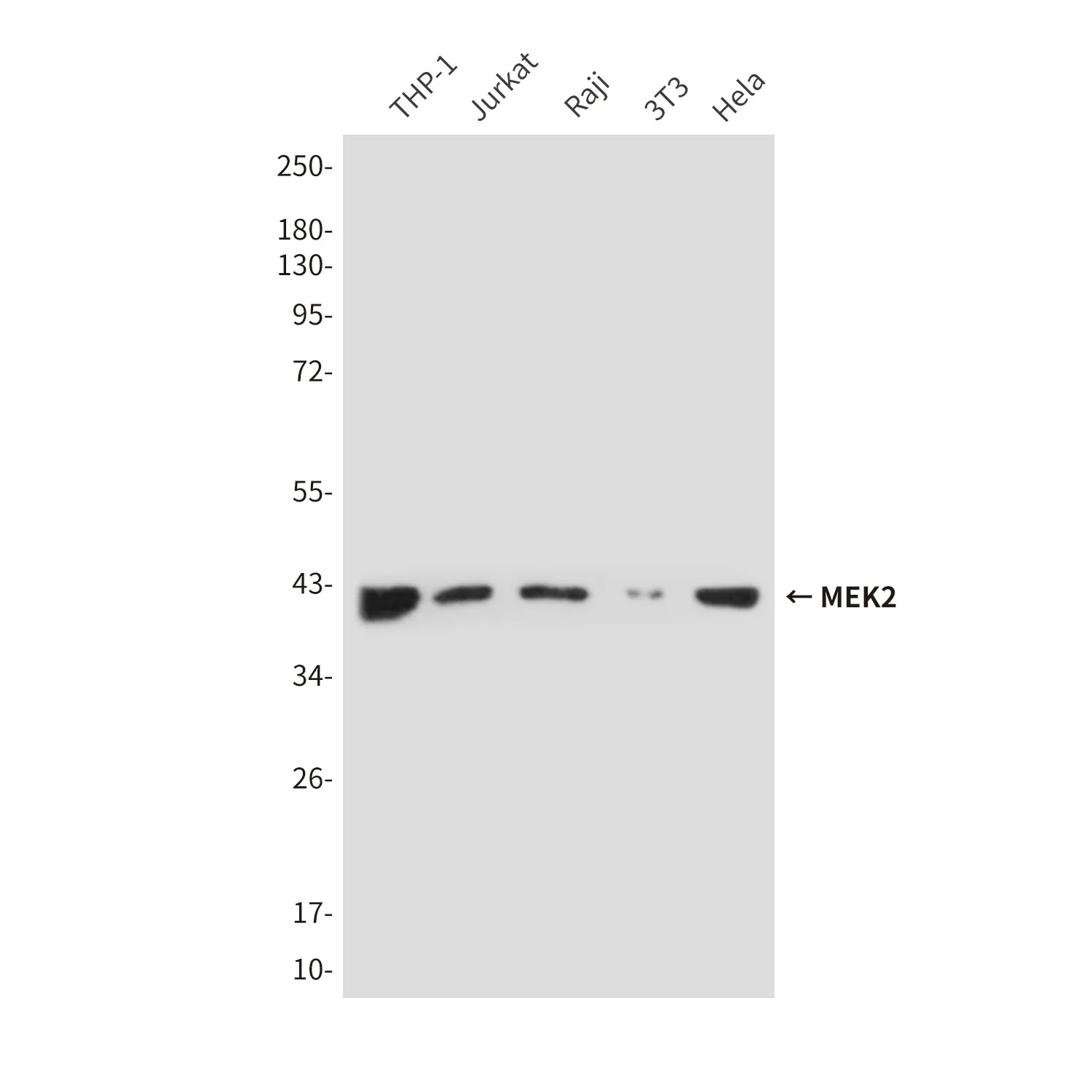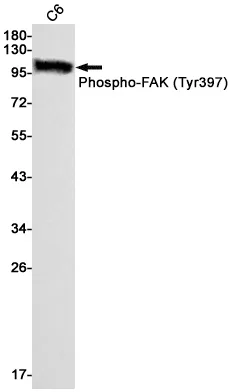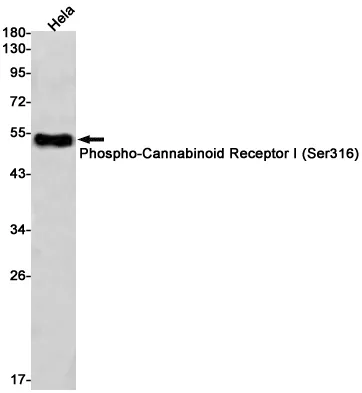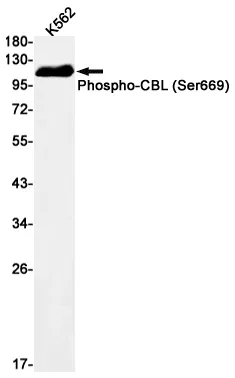Summary
Performance
Immunogen
Application
Background
Possesses two enzymatic activities: DNA synthesis (polymerase) and an exonucleolytic activity that degrades single stranded DNA in the 3'- to 5'-direction. Required with its accessory proteins (proliferating cell nuclear antigen (PCNA) and replication factor C (RFC) or activator 1) for leading strand synthesis. Also involved in completing Okazaki fragments initiated by the DNA polymerase alpha/primase complex. As the catalytic component of the trimeric (Pol-delta3 complex) and tetrameric DNA polymerase delta complexes (Pol-delta4 complex), plays a crucial role in high fidelity genome replication, including in lagging strand synthesis, and repair. Exhibits both DNA polymerase and 3'- to 5'-exonuclease activities (PubMed:16510448, PubMed:19074196, PubMed:20334433, PubMed:24035200, PubMed:24022480). Requires the presence of accessory proteins POLD2, POLD3 and POLD4 for full activity. Depending upon the absence (Pol-delta3) or the presence of POLD4 (Pol-delta4), displays differences in catalytic activity. Most notably, expresses higher proofreading activity in the context of Pol- delta3 compared with that of Pol-delta4 (PubMed:19074196, PubMed:20334433). Although both Pol-delta3 and Pol-delta4 process Okazaki fragments in vitro, Pol-delta3 may be better suited to fulfill this task, exhibiting near-absence of strand displacement activity compared to Pol-delta4 and stalling on encounter with the 5'-blocking oligonucleotides. Pol-delta3 idling process may avoid the formation of a gap, while maintaining a nick that can be readily ligated (PubMed:24035200). Along with DNA polymerase kappa, DNA polymerase delta carries out approximately half of nucleotide excision repair (NER) synthesis following UV irradiation (PubMed:20227374). Under conditions of DNA replication stress, in the presence of POLD3 and POLD4, may catalyze the repair of broken replication forks through break-induced replication (BIR) (PubMed:24310611). Involved in the translesion synthesis (TLS) of templates carrying O6-methylguanine, 8oxoG or abasic sites (PubMed:19074196, PubMed:24191025).
Research Area




